#ancient and medieval history
Text



day 1/49 of productivity
i have 49 days left of my undergrad. let’s make them count 💪
spent today packing, waiting for a train, and now i’m editing my dissertation on the train.
#studyblr#studyingwithcatsandtea#studying#study notes#study motivation#studyrose#studyquill#studyspiration#studyspo#studyign#100 days of productivity#history student#ancient and medieval history#university studyblr#university studyspo#history studyblr#university student#100 days challenge#currently studying#artofstudyblr
56 notes
·
View notes
Text
Today's Question : 01-06-2023
Q. “Discuss the significant contributions of the Pandya Kingdom to the development and enrichment of Indian culture. Your answer should encompass contributions in architecture, literature, art, and administration, as well as their interactions with other civilizations. Provide specific examples to substantiate your points. (10 marks,150 Words)
View On WordPress
0 notes
Text

The Prague astronomical clock, or Prague orloj, is a medieval astronomical clock located in Prague, the capital of the Czech Republic.
1K notes
·
View notes
Text

Medieval Toy Unearthed in Poland
A 800-year-old horse figurine was found during an excavation conducted as part of the construction of a new fire station in Toruń, a medieval town on the Vistula River in north-central Poland. The small clay horse was glazed and has a hole in its underside. Researchers think a stick may have fit into the hole so that playing children could pretend to make the horse gallop or use it as a puppet.
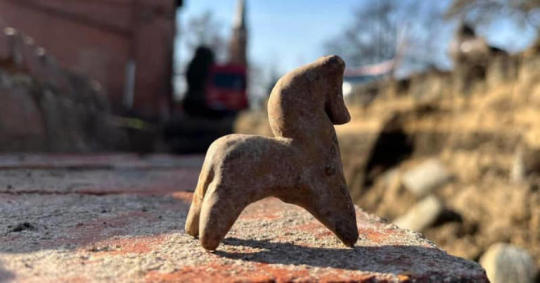
#Medieval Toy Unearthed in Poland#A 800-year-old horse figurine#Toruń#ancient artifacts#archeology#archeolgst#history#history news#ancient history#ancient culture#ancient civilizations#medieval history
875 notes
·
View notes
Text

Eglise Saint-Nicolas, Blois, France
#church#architecture#middle ages#photo#mine#france#medieval#medieval art#ancient#history#religious art#cathedral#roman architecture#gothic art#gothic architecture#gold#light academia#light academic aesthetic#light academism#ancient art#europe#photos#photography#my photos#photographers on tumblr
1K notes
·
View notes
Text
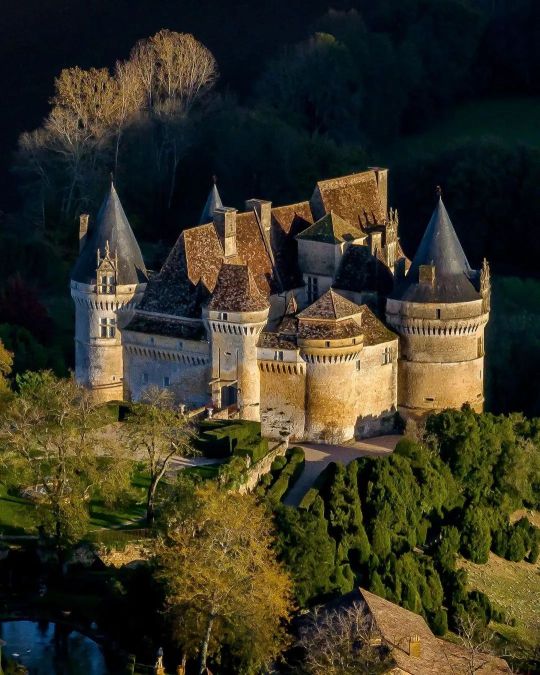
Bannes Castle, Bannes, Lot-et-Garonne, France
#art#design#architecture#medieval#castle#chateau#fortress#bannes castle#france#lot-et-garonne#history#luxury lifestyle#style#luxury house#luxury home#old castle#ancient architecture
975 notes
·
View notes
Text

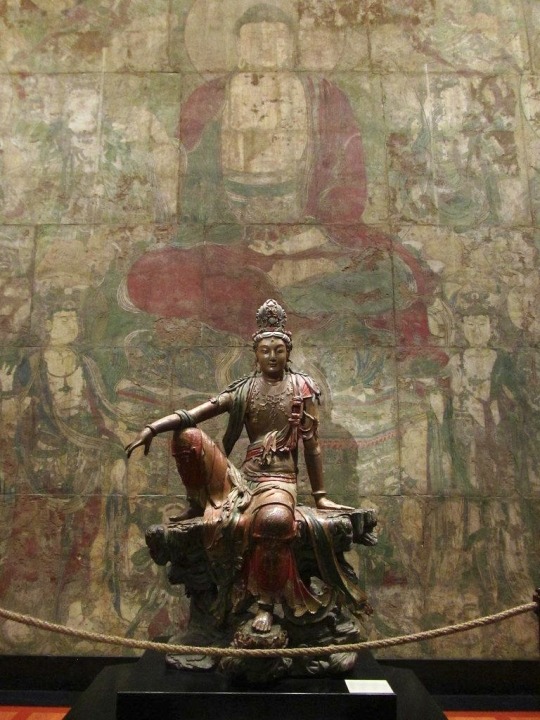
Guanyin of the Southern Sea
A wood statue of the Chinese-Buddhist deity Guanyin. Made during the Liao (916–1125) or Jin (1115–1234) dynasties.
It’s currently located in The Nelson-Atkins Museum of Art, Kansas City, Missouri.
#china#chinese culture#chinese history#east asia#Buddhism#Chinese Buddhism#zen buddhism#guanyin#museum#artifact#wood statues#statues#Buddhist deity#medieval china#ancient china
464 notes
·
View notes
Text

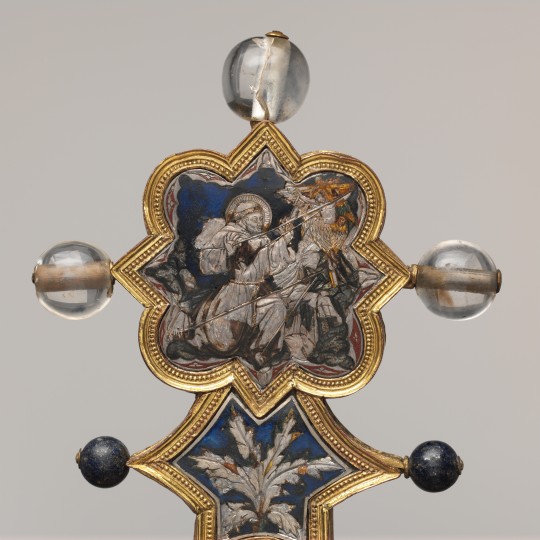

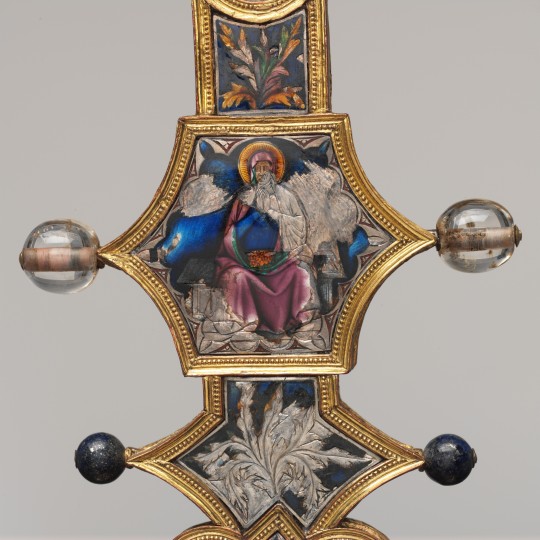

Gilded silver reliquary cross decorated with enamel, rock crystal, and glass, crafted in Marches, Italy, circa 1366-1400
from The Metropolitan Museum of Art
894 notes
·
View notes
Text
oh hello! i made a little uquiz assigning you a historical period (and maybe i call you gay)
#uquiz#tagamemnon#history#quiz#inca#napoleonic wars#ancient greece#classical greece#rome#roman empire#minoan#regency#ottoman#medieval#well medieval monastary era#idc about the rest of the medieval period SORRY#italian renaissance#new kingdom#egypt#edo japan#i had fun with this#and i was rude as always#its fun to call people gay#and unoriginal#classics
5K notes
·
View notes
Text
ignore how weird this looks
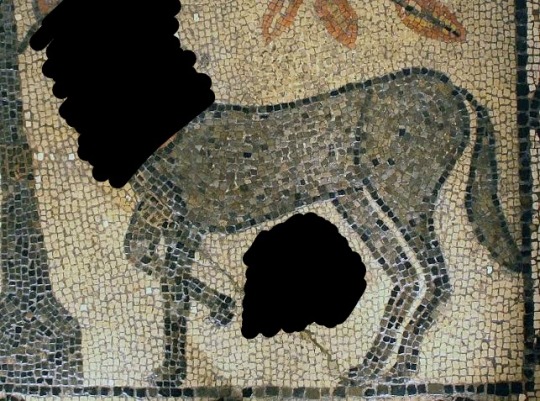
reblog for larger sample size <3 im trying to win an argument :) thanks!
#minyicho#polls#poll#poll time#random poll#tumblr polls#my polls#i love polls#lol#funny#lmao#memes#own post#animals#art#mosaic#ancient rome#ancient history#ancient art#medieval art#bad art
700 notes
·
View notes
Text
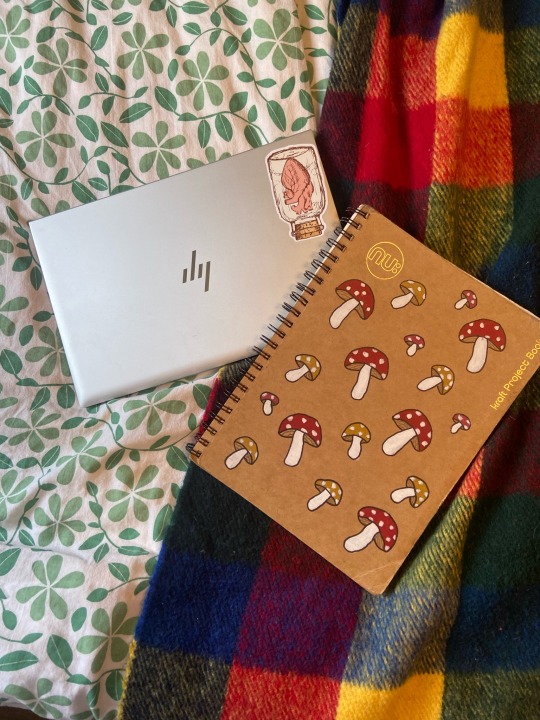
day 2&3/49 of productivity
more dissertation!!! also how cute is this my notebook, my friend painted it for me to use for my dissertation notes and it’s been so helpful!
#studyblr#studyingwithcatsandtea#studying#study notes#study motivation#studyrose#studyquill#studyspiration#studyspo#studyign#100 days of productivity#history student#ancient and medieval history#university studyblr#university studyspo#history studyblr#university student#100 days challenge#currently studying#artofstudyblr
17 notes
·
View notes
Text


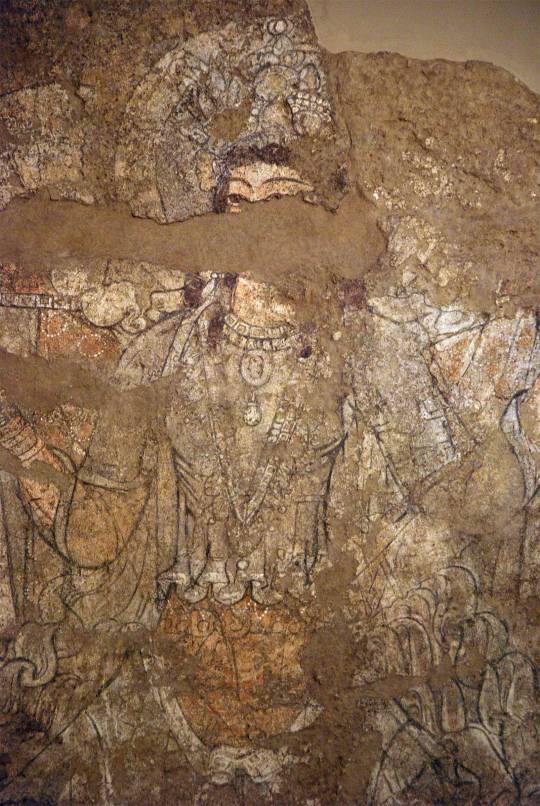





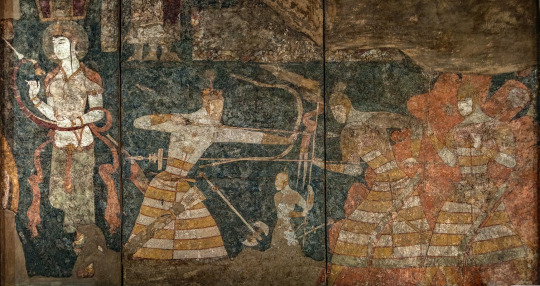



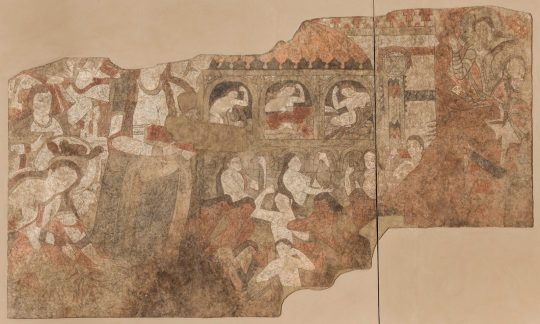





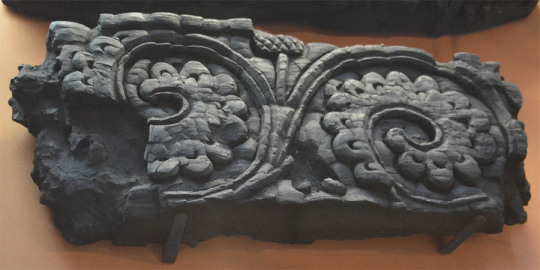




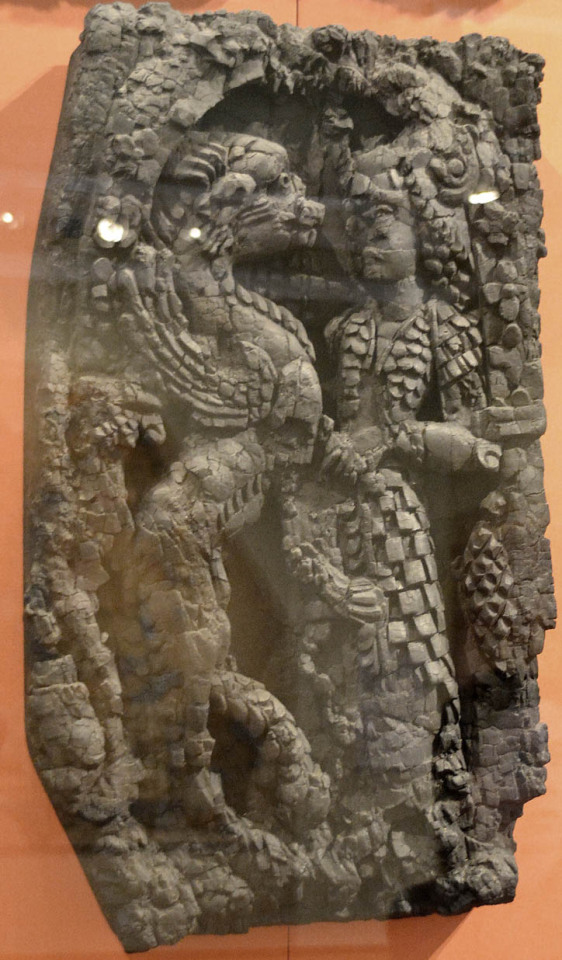

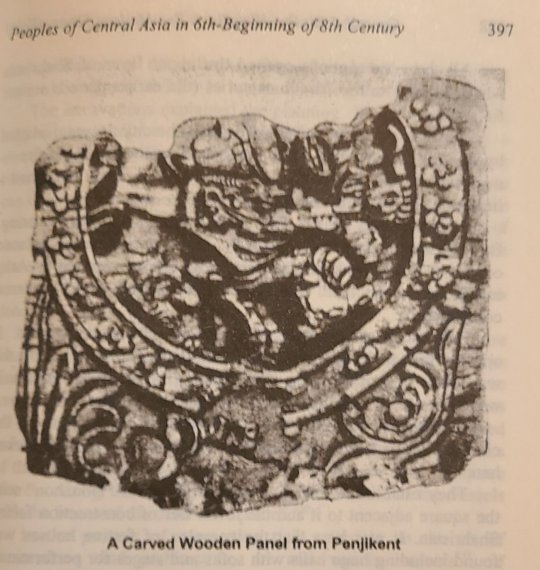

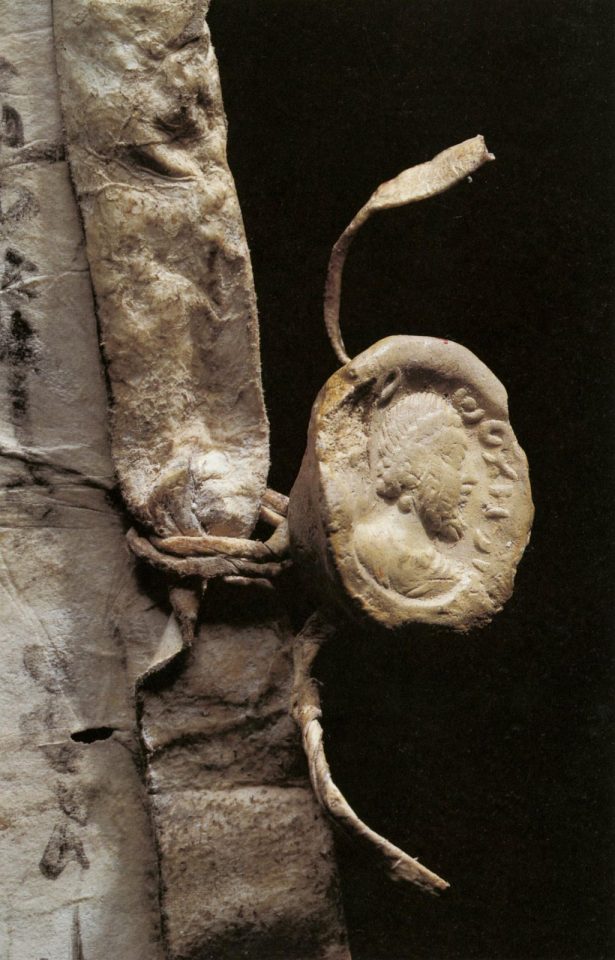
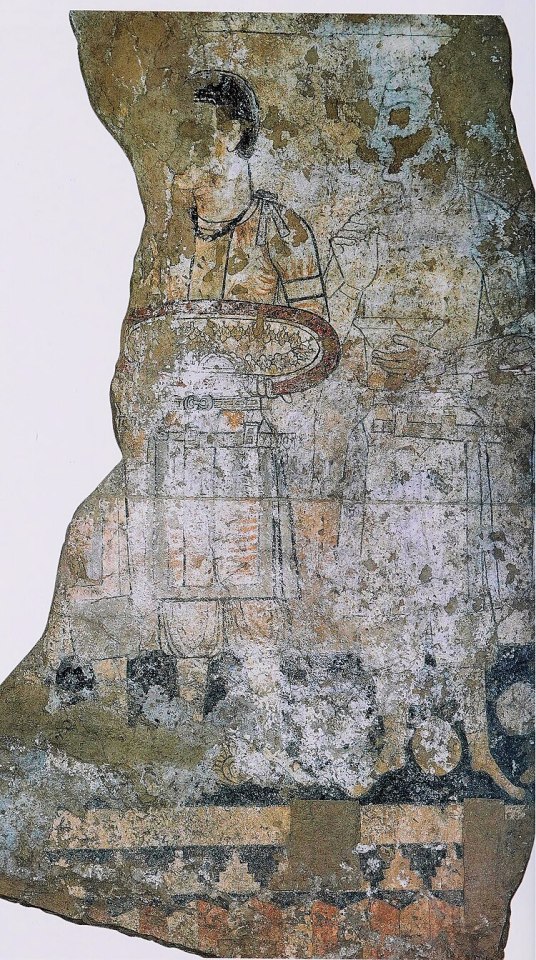
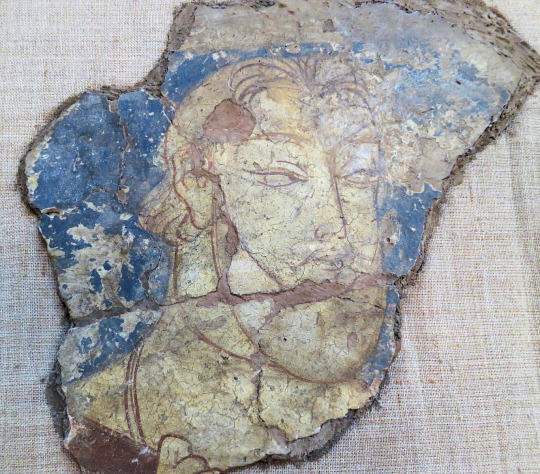
Art from the Sogdian city of Penjakent 5th-8th C. CE. The 3 people in the triple crescent crown may be Hephthalites. A lot more images on my blogspot, link below.
"The Sogdians’ keen interest in depicting the world around them (evidenced by the Hall of the Ambassadors at Afrasiab) and the mythological and supernatural worlds (in many of the Panjikent paintings just discussed) extended into portraying their own world. They did not, as Frantz Grenet points out, represent their mercantile activities, a major source of their wealth, but instead chose to show their enjoyment of it, such as the scenes of banqueting at Panjikent. In these paintings we see how the Sogdians saw themselves.
Chinese representations of Sogdians caricatured them (especially in grooms, musicians, and others of lower status) as having large noses and round eyes, and being heavy-set and generally comical or “barbaric” in appearance. In contrast, the Sogdians’ depictions of themselves show people with fine features—the men (unless rulers or nobles) usually clean-shaven, the women oval-faced and sloe-eyed."
-taken from The Smithsonian
#sogdiana#ancient history#antiquities#history#art#paintings#museums#pagan#paganism#hephthalites#ancient art#medieval art#middle ages#goddess#archaeology
281 notes
·
View notes
Text
We still see a lot of Dionysus, especially in Egypt, long after the emperor Theodosius had made Christianity the official state religion of Rome in 380. In the 400s, 500s, and 600s, Egyptians were still producing textiles like this, which shows Dionysus, holding a bunch of grapes aloft, with a satyr and maenads (his female revelers):

Here’s another, showing the god’s worshippers frolicking:
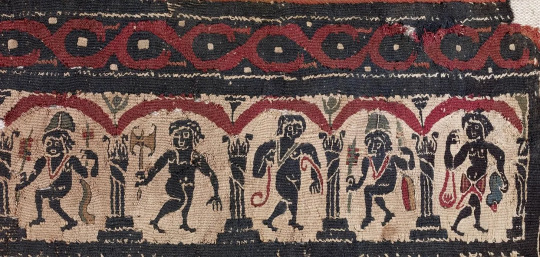
This one shows figures from the Dionysian myths — his tutor, Silenius, Pan, and some of his female worshipers:
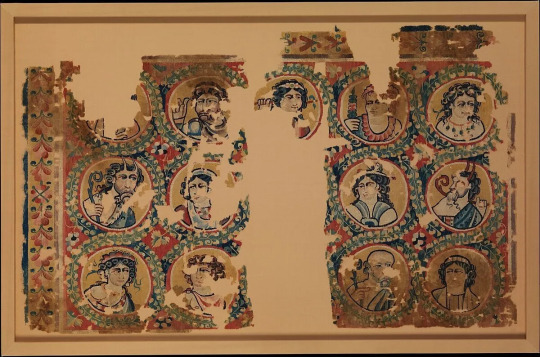
{WHF} {Ko-Fi} {Medium}
400 notes
·
View notes
Text

Broadway Tower, Worcestershire, England
241 notes
·
View notes
Text
The Keel
The keel is the most important longitudinal structure of a ship or boat, attached to the floor amidships.
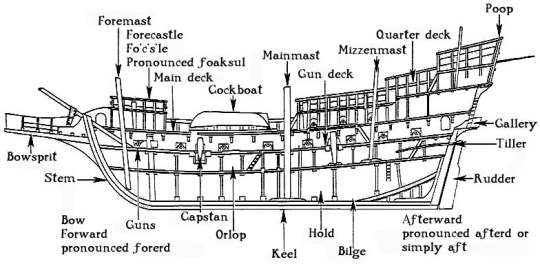
Ship parts
In terms of development history, the keel originated from the dugout canoe. The first further development of the dugouts consisted of inserting frames and raising the sides by adding plank walkways. Once this technique had been perfected, the dugout was gradually reduced in size until it was ultimately only the supporting element, the keel, of the hull. The keel is therefore the "backbone" of the ship. The transverse stabilising frames, the "ribs", are attached to it. At its ends, the keel merges into the stem. In addition to stabilising the hull, it also serves to increase course stability and - especially in sailing vessels - to reduce lateral drift.
Even if the word sounds very strange, it comes from Old English cēol, Old Norse kjóll, = "ship" or "keel". It has the distinction of being regarded by some scholars as the first word in the English language recorded in writing, having been recorded by Gildas in his 6th century Latin work De Excidio et Conquestu Britanniae, under the spelling cyulae (he was referring to the three ships that the Saxons first arrived in).
However, there are also ships that have no keel, such as flat-bottomed ships. This is a sailing ship that was mainly built for use in the mudflats of the North Sea and the English Channel. The two leeboards on the side of the hull and the extremely shallow draught of around one to one and a half metres are characteristic of flat-bottomed ships. They can navigate large parts of the Wadden Sea and coastal regions even at low tide.
#naval history#naval artifacts#parts of a ship#keel#ancient seafaring#medieval seafaring#age of discovery#age of sail#age of steam#modern
175 notes
·
View notes
